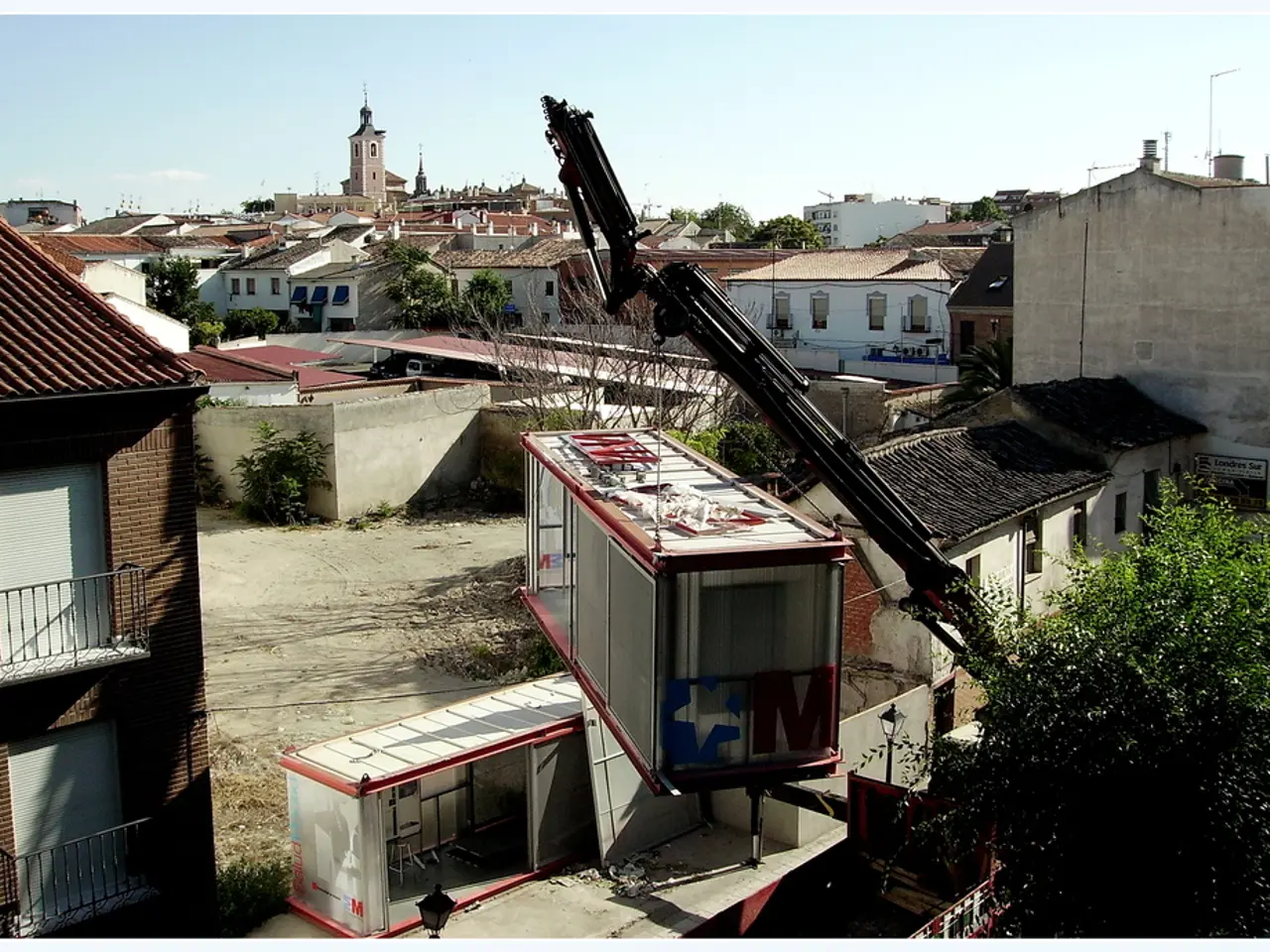Malicious Namespace Injection Flaw in Kubernetes Capsule Allows Attackers to Insert Unwanted Labels at Will
In a recent development, a critical vulnerability (CVE-2025-55205) has been identified in the Kubernetes Capsule, a popular multi-tenant Kubernetes management tool. This flaw, with a CVSS score of 9.9, allows authenticated tenant users to inject arbitrary labels into protected system namespaces such as , , and .
Impact of the Vulnerability
The vulnerability arises from improper validation in Capsule's namespace webhook logic where tenant ownership checks are only applied if the namespace already contains a tenant label. System namespaces lacking default tenant labels are exposed, making them susceptible to unauthorized label injection. This allows attackers to hijack critical system namespaces, bypassing the isolation mechanism designed to segregate tenant workloads and resources.
The exploit facilitates a multi-stage attack: label injection followed by exploiting TenantResource selectors to gain unauthorized cross-tenant resource access. This effectively enables privilege escalation and could lead to a full cluster compromise.
Mitigation Strategies
To address this critical security flaw, it is recommended to review and update Capsule deployments to versions that have patched this vulnerability (likely versions higher than v0.10.3). Additionally, organizations should implement monitoring to detect unauthorized namespace label changes and abnormal TenantResource selector behavior. Strict RBAC policies should be applied to restrict tenant users' ability to modify namespace labels and enforce validation on namespace label mutations by webhooks.
Affected Versions and Recommendations
The vulnerability affects multi-tenant Kubernetes clusters using Capsule v0.10.3 and potentially earlier versions. Organizations using affected Capsule versions should immediately upgrade to version 0.10.4, which addresses this critical security flaw.
Security Implications
The attack chain progresses from Label injection (user-controlled) to TenantResource/Quota check (auth policy) to cross-tenant resource access, bypassing Capsule's intended security boundaries. Attackers can modify critical system configurations and potentially achieve cluster-wide compromise. The security implications include multi-tenant isolation bypass, privilege escalation, potential data exfiltration from system namespaces, resource quota circumvention, and policy violations.
This vulnerability mirrors the attack pattern of CVE-2024-39690 but employs label injection instead of ownerReference manipulation. The flaw resides in the namespace validation webhook logic within . The vulnerability represents a significant threat to organizations relying on Capsule for Kubernetes multi-tenancy.
Given the severity and the high CVSS score, immediate action is recommended to patch Capsule and enhance monitoring to prevent exploitation.
Read also:
- Top 15 Pivotal Risks to Mobile Application's Security
- Revising the title: Redefining "Bring Your Own Device" Policies for a Secure and Flexible Workspace in the Hybrid Work Environment
- "Global VPN Day: Is it a shield for privacy or a gap needing sealing? Exploring the implications"
- Summoning Shamans, Spirits, and Love in the Play 'Head Over Heels'








